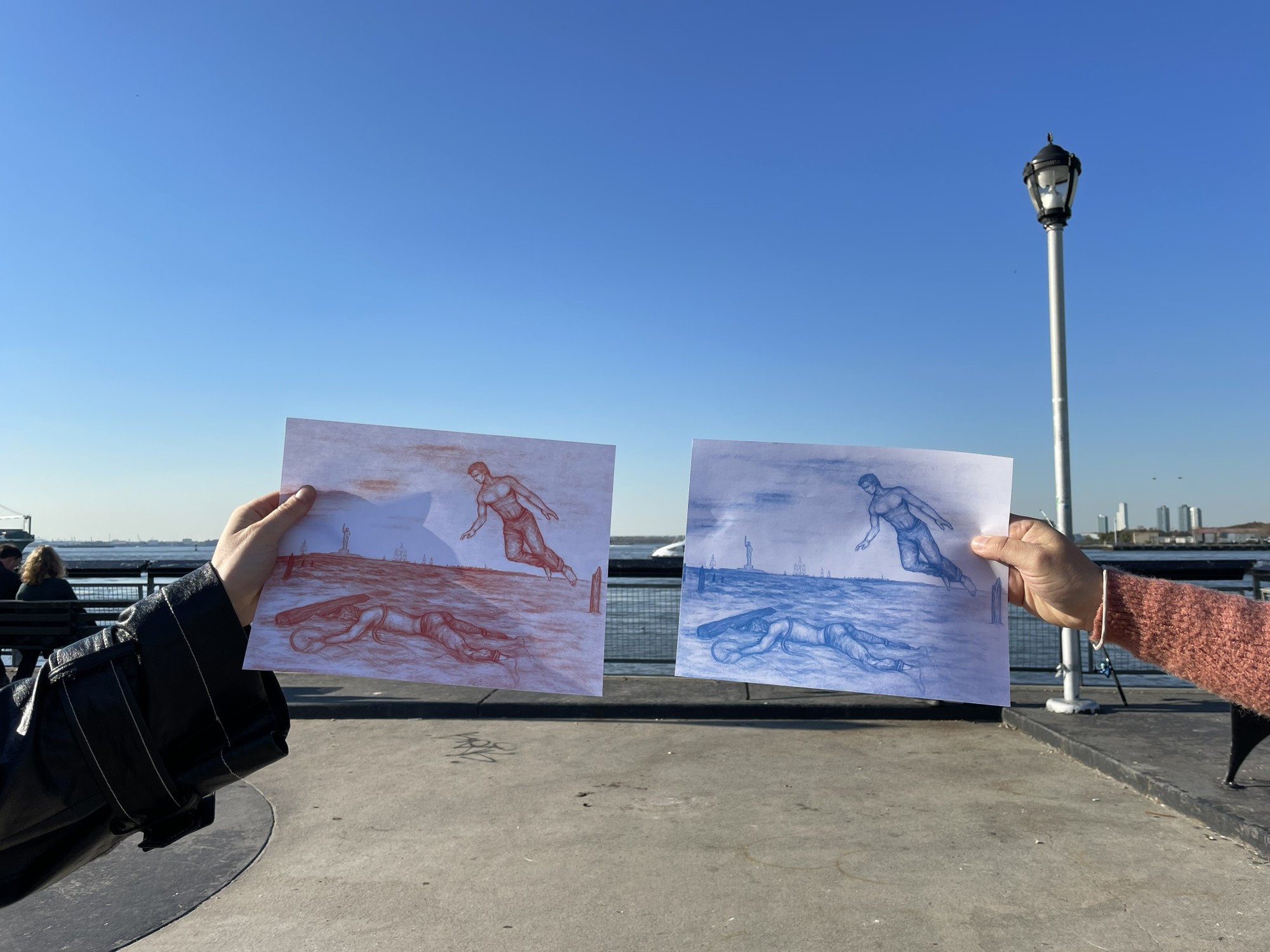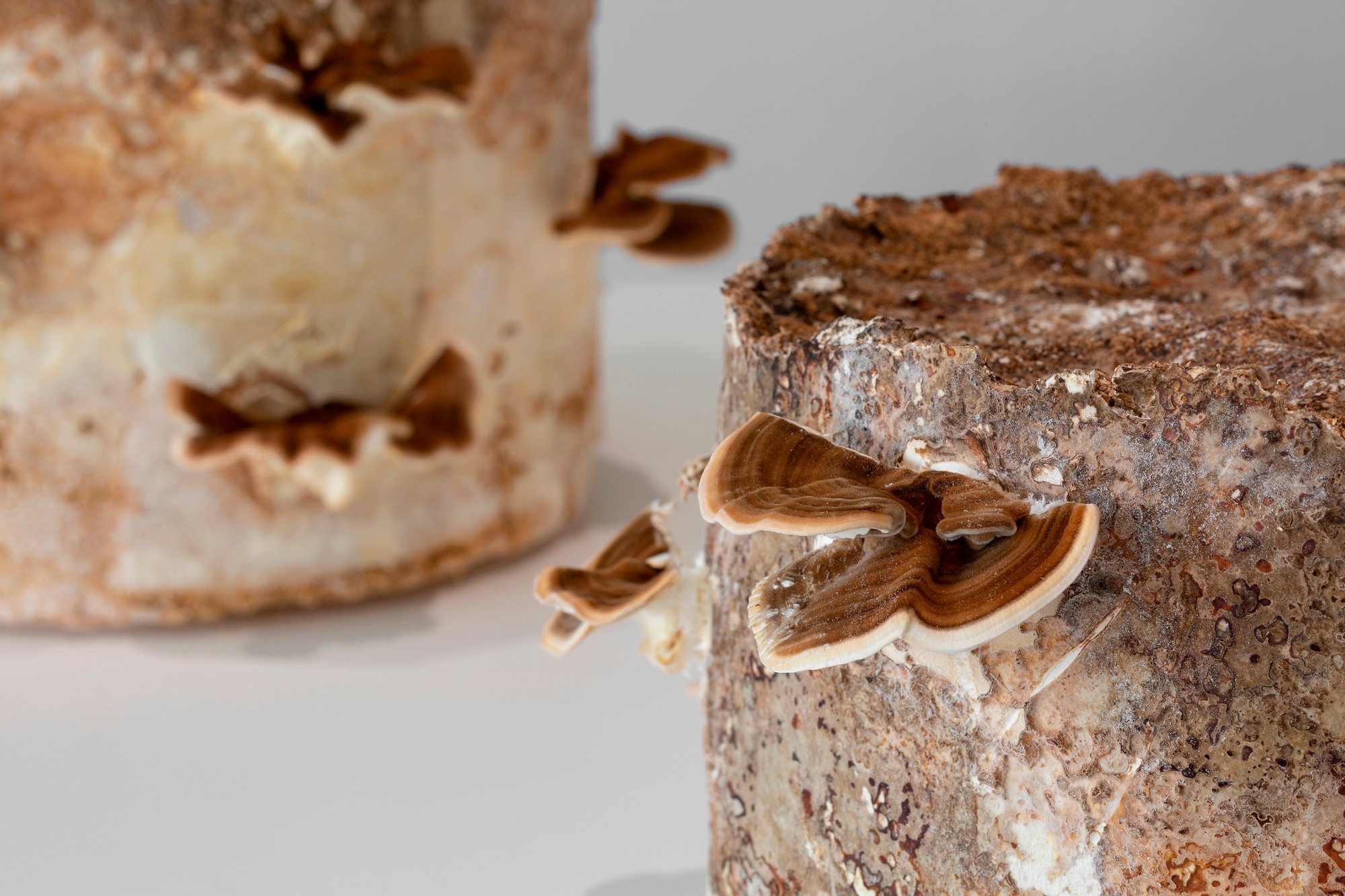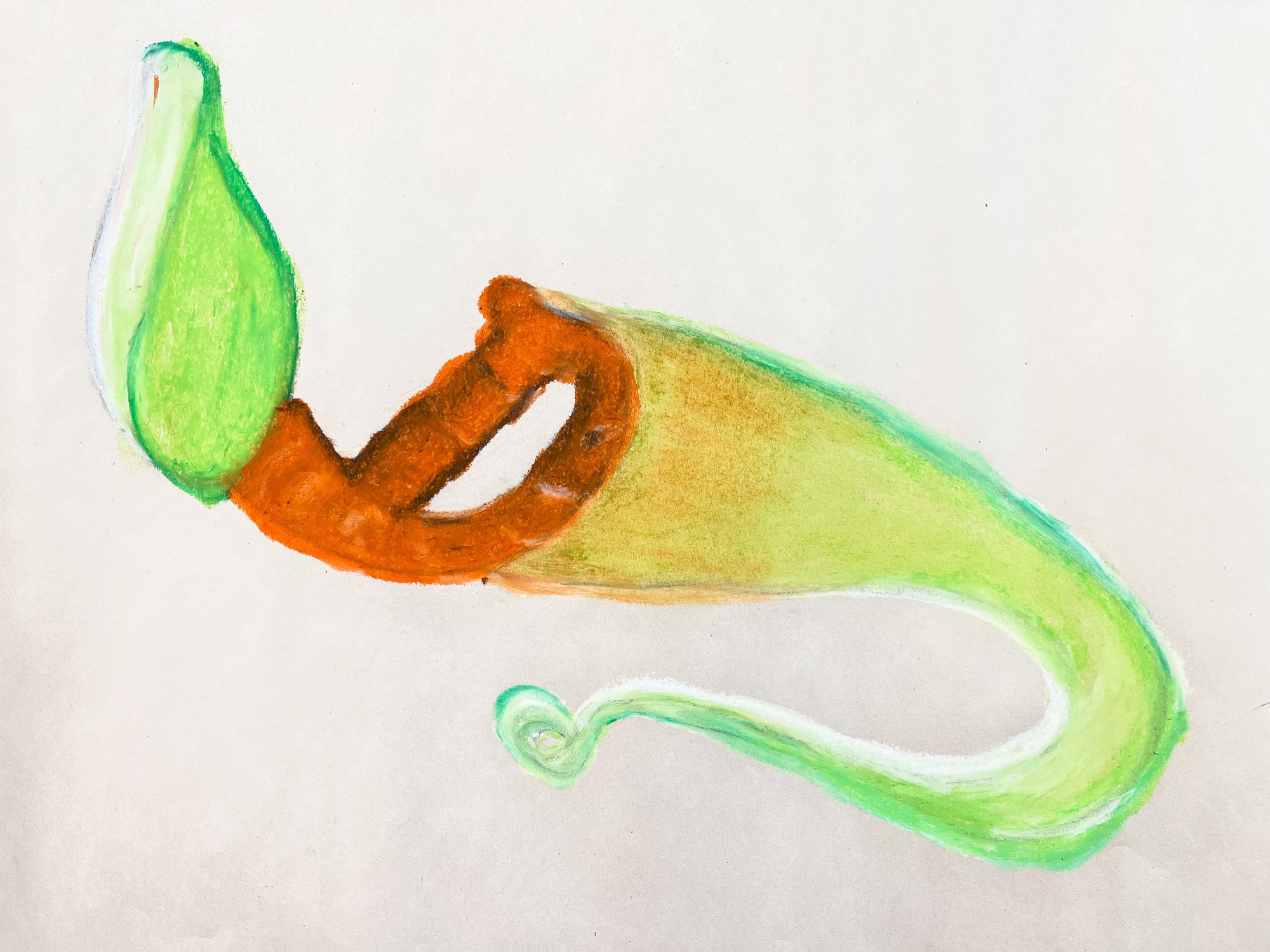Hearing Voices
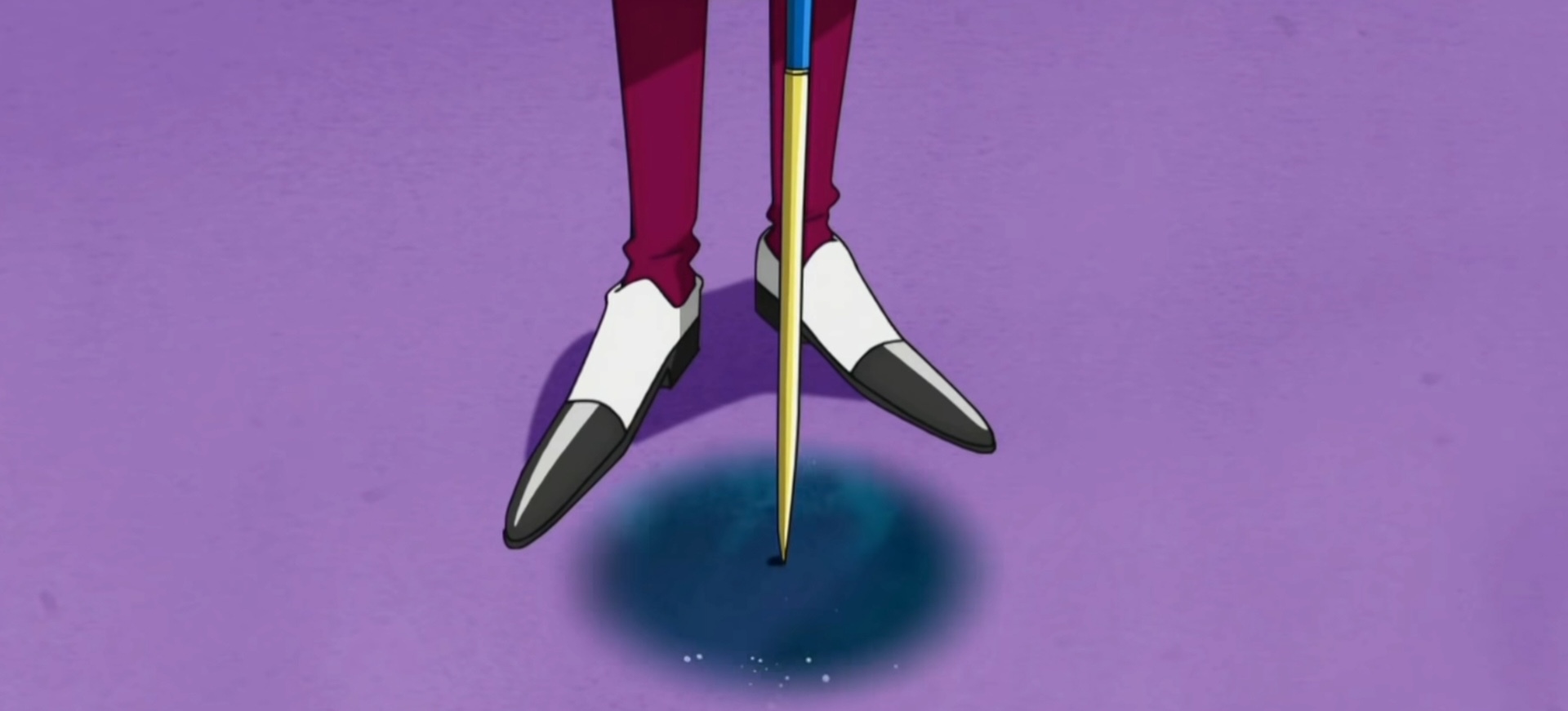
About Hearing Voices
This study line links events, learnshops, and exhibitions, but also ideas, research methods, and conversations.
The collected fragments below are just a few of many instances of Hearing Voices that have taken place at Amant through readings, learnshops, publications, live events and exhibitions with our collaborators. They are written by members of our team and grow over time, like a storyline for our program.
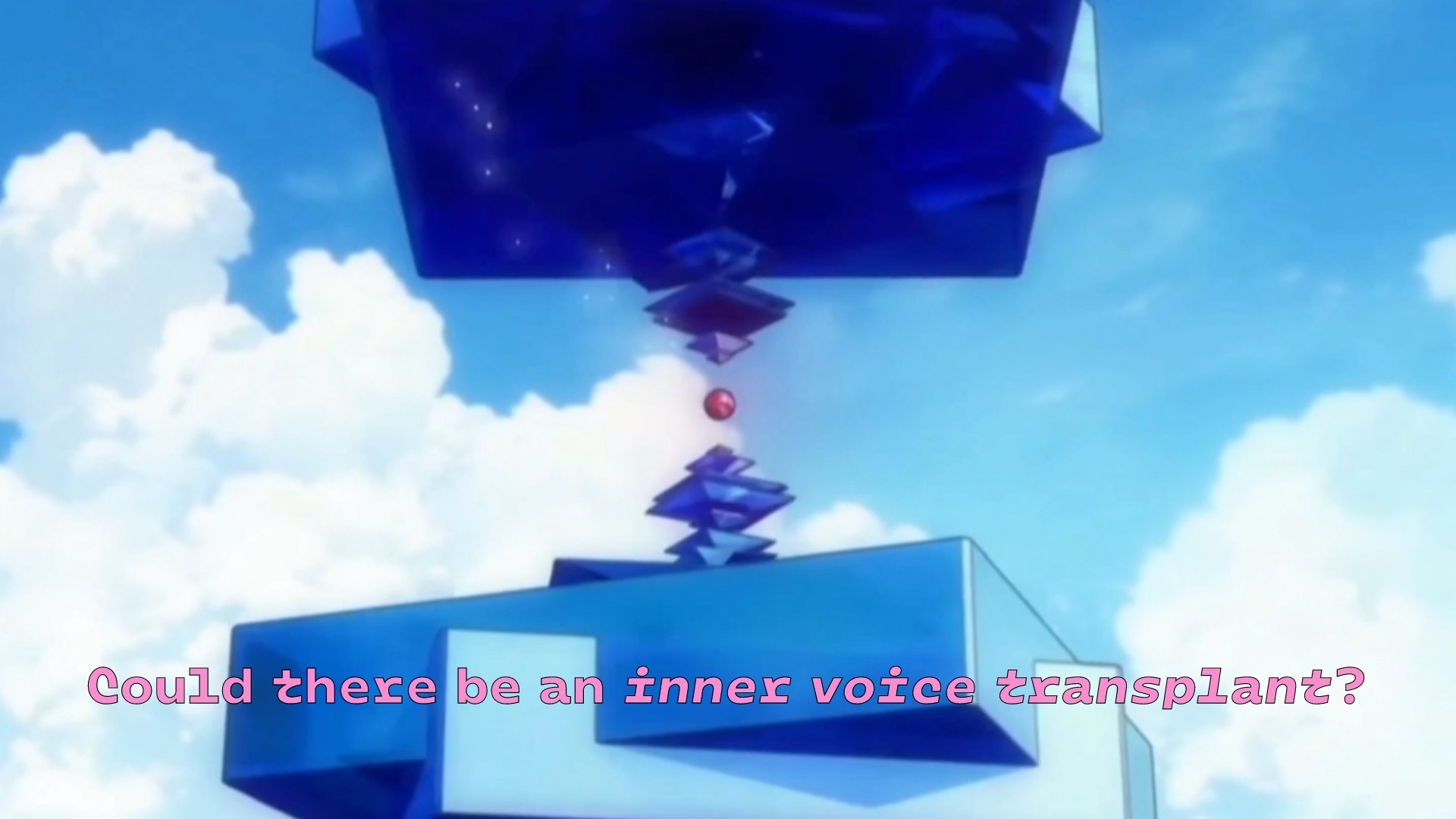
Johanna Hedva, Scream Demo
To what degree is hearing a human voice informed by unconscious, culturally conditioned standards of what is accepted and what is expected, which connects immediately speaks to the standards of what kind of bodies are considered ‘normal’/’acceptable’ and which ones aren’t.
Johanna Hedva’s five-minutes-long audio piece Scream Demo–commissioned by Hana Noorali and Lynton Talbot for SIREN (some poetics), 2022–departs from basic breaths to morph into guttural chanting to high-pitched screaming. Pulling their listener into this exercise in extremities, they show us where a body can go when it refuses those limits “enacting a rebellion of kinked pleasure, wild thrill, play, and fun.”
Listen to Scream Demo here.
Are there ways of comprehending that which escapes translation?
Four speakers on a pedestal are encased in drum-shaped wood pellet structures with mycelium mushrooms grafted into them. One channel emits acapella songs and abstract vocal utterances. The other channel seems to speak in tongues (in French, English, Arabic and Italian) about a variety of topics. They are fragments from audio recordings of conversations Nour Mobarak had with her father, whose neurodiverse condition brought refrain, song, and almost fugue-like motifs into his speech. We hear disarray, repetition, ellipsis as well as foreign-ness and the untranslatable. Nour posits that while we might hear discourse in decay and dismiss it as “non-communicative,” it is simultaneously language soaring in flight, like a Baroque musical fugue.
As she made this sound installation, Nour also composed a full LP with a 24-page libretto, Father Fugue, which you can read in PDF format here. This work was part of SIREN (some poetics), September 2022- March 2023.
A ‘wind instrument’, in a musical sense, is a device that uses air as the primary vibrating medium to produce sound. In Senti (2022), an outdoor sculpture commissioned for SIREN (some poetics), the artist, poet, and translator Mayra A. Rodríguez Castro points out a simple misnomer; it is not the wind per se as an atmospheric phenomenon that creates the vibrations required for sound, but more precisely the manipulation of the human breath. Through her sculpture (or instrument), which centers around twenty-four hollow metal chimes tuned and fabricated according to the tonal registers of the poet’s voice and hung via horsehair to a traditional music stand, Mayra reverses the direction of agency within the production of music from the human to the non-human. In this gesture of poetic literality, she offers the wind the chance to play and to sing.
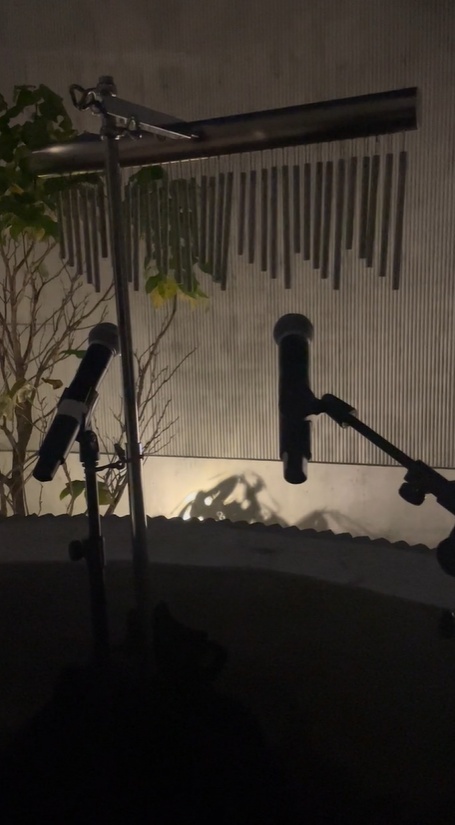
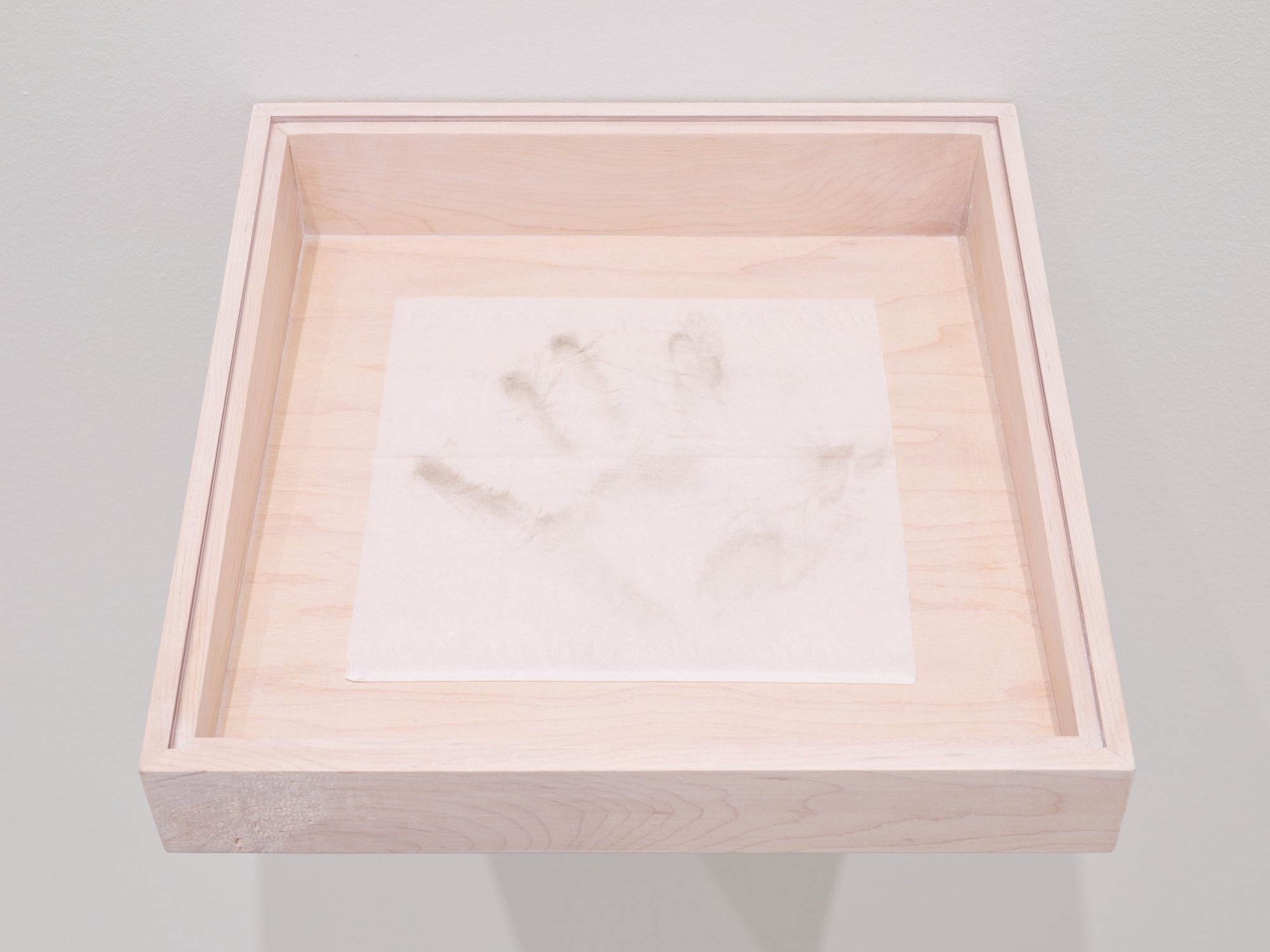
Shortly after “discovery,”, her body was removed from her natural grave and brought to the museum of National History in Rio de Janeiro. When the museum was destroyed by fire in 2018, Luzia’s skull fragments cracked and melted together. Using DNA testing information, museum staff proposed reconstructing Luzia’s body again.
In keeping with her practice of writing letters to museum officials, Gala Porras-Kim wrote to the National Museum Director, Alexander Keller, with a very specific request: rather than reconstructing Luzia from her remains and presenting her once again as a scientific object, they could let her ashes rest, with dignity and respect, just like we would treat the remains of a contemporary human body.
Grada Kilomba, The Chorus
In what way could collective reading provide tools to work through personal stories of trauma?
In The Chorus (2017), a text-based work that is displayed as a large-scale wall installation and a poster that audiences are invited to take home, Grada builds on the ancient Greek theatrical device of the same name, in which a small group of homogenous, and often masked, performers comment with a unified, collective voice on the dramatic action. Her interpretation is also an adaptation of her earlier work Plantation Memories (2008), a book in which she details everyday episodes of racist microaggressions. These experiences are told through the layering of voices—of well-known Black writers and activists, everyday Black women, and Kilomba herself. Grada collages and transforms lines from the original texts into a poetic manifesto, and so creates a new voice: one that merges the individual with the collective through deeply personal accounts of trauma that allude to a wider, shared history of racial violence. This text installation was part of Grada Kilomba, Heroines, Birds and Monsters, July 2021-February 2022.
“Where should these archives begin? Here here here here here here here Leb Jo Tweyo kelo jo karachel ni mjo? Where should these archives begin?”
Ayo, artist in residence at our New York studios during the fall of 2022, organized An Invitation for Liveness a public event in which she screened parts of her current research around and with African immigrant oral history archives in accompaniment of scents from custom-made essential oils as well as coffee grinds, glass sculptures made together with the Brooklyn Urban Glass collective, as well as personal impressions. Ayo invites the audience to listen the voices of the past in the present, understanding the archive as a choreography of living voices, only some of which she feels can be translated into English as the opacity, untranslatability, and rhythmic nature of their voices is a crucial element to her project.
You can watch an excerpt of the video An Invitation for Liveness here. This performance was part of our For Your Reference series on December 8, 2022.
Image: Reference drawing by Ayo, 2022.
Ruth Estévez, Sirens: Some Acoustics
What voices dare to overcome immaterial semantic dominance?
“To come close to this new world of sonic and vibratory knowledge is to engage in a complex exercise of hearing. I picture myself going through a space covered in sound-absorbing panels, dense soft murals, where hearing halfway is not an issue but rather a prompt for the imagination. In this space, other kinds of rhetorical figures appear, irresistible obstacles that disarm consciousness, wooing us with songs not necessarily heard.”
Sirens: Some Acoustics is a personal essay written by Ruth Estévez, our Director and Chief Curator, for our SIREN (some poetics) publication. In this text, she reflects on her experience and thoughts around the notion of “hearing voices”. Different sounds come together from intimate, loved, and closer dialogues, some of which not necessarily verbal ones. Through this polyphony, Ruth traces the relations between voice, murky hearing, imagination, and the experience of belonging.
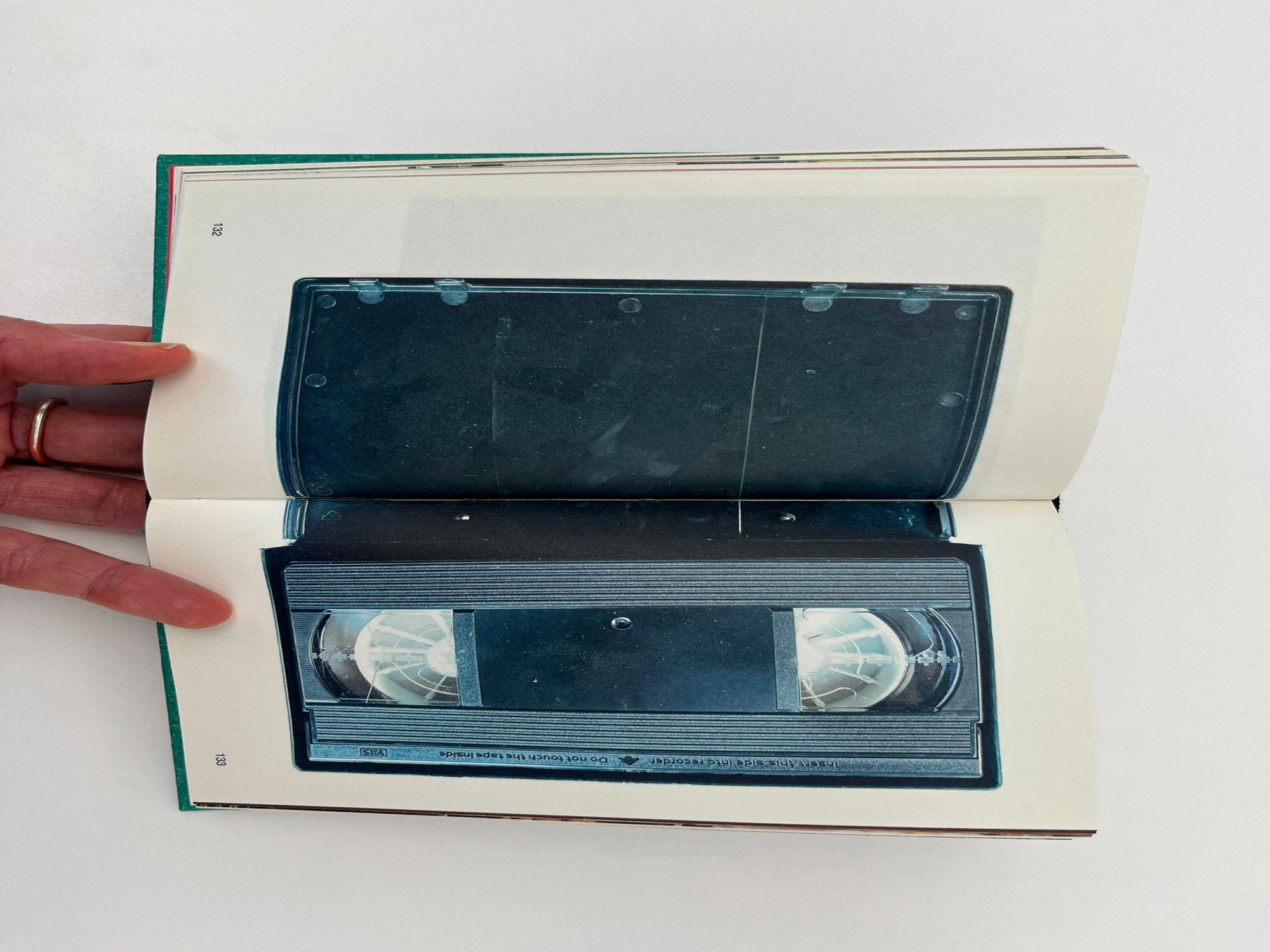
Dora García, Letters of Disappointment
Alongside her exhibition Revolution, fulfill your promise! on the legacy of author, Marxist feminist, sex activist and political exile, Alexandra Kollontai (St. Petersburg, 1872 - Moscow, 1952), artist Dora Garcia led Letters of Disappointment, a learnshop focused on collective letter-reading and -writing. The list featured letters of many legendary women as Hannah Arendt, Leslie Feinberg, Audre Lorde, Alexandra Kollontai, Rosa Luxembourg, Angela Davis, María Dolores González Katarain (Yoyes), and Clara Zetnik. Written at different periods in the twentieth century and in different contexts and intersections, the letters focus on these women’s struggles for rights.
Even though these letters speak to certain victories achieved, they also resound of disappointment, of feeling blamed and put aside. Through the collective reading out loud, their voices became our and so did their illusions and disappointments. Yet, more so than sadness or disapproval, the letters become a constant reminder that the fight never ends and that this struggle happens at the crossroad of intimate, domestic, and public life.
These letters were part of the Learnshop Letters of Disappointment held by Dora García on March 21, 2022.
Yet this hearing applied by Carlos is also an act of listening. The dreams and memories of Ole, a gay man who moved to Brooklyn nearly 100 years ago to seek new opportunities, resonated with Carlos’s own experience as an immigrant (from Colombia) who arrived in New York in the 1990’s. On the waterfront of Brooklyn, Ole discovered sexual freedom and liveliness, but also precarious labor conditions and exploitation. Over this hour-log walk, Carlos and Ole’s voices interweaved as they discussed censorship, gentrification, and climate change—issues we may believe are specific to our times, but that have been experienced by bodies elsewhere and elsewhen. Through collecting such stories we can glean ways of coping, images to contemplate, and communities to foster. “
You can read the full text here. This event took place on November 6, 2021.
Drawings made for Bodies of Waters Rising, led by Carlos Motta, 2021.
